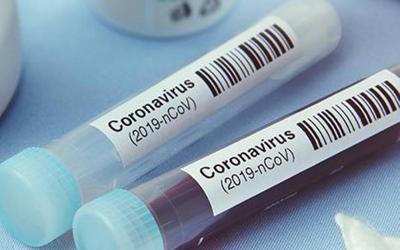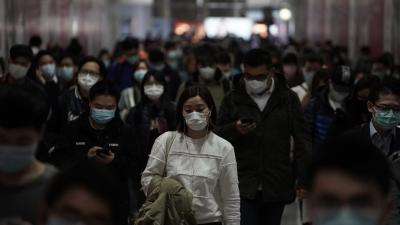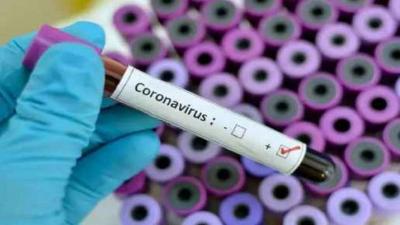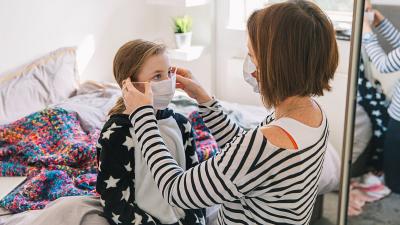Not everyone in coronavirus-hit family prone to disease: Study
By Lokmat English Desk | Published: August 3, 2020 09:53 AM2020-08-03T09:53:04+5:302020-08-03T09:53:04+5:30

The assumption that everybody is susceptible to coronavirus may not be true as 80 to 90 percent people living in the same household where a member is diagnosed with Covid-19 do not get the disease, as per a study by the Indian Institute of Public Health Gandhinagar.

This indicates the other family members may have developed some form of resistance or immunity to the disease, the institute's director Dileep Mavalankar told PTI on Sunday.

"The assumption that everybody is susceptible to coronavirus may not be true. It is said that a few minutes of exposure to the coronavirus outside will get us infected. If that is the case, then why not everybody in the same household is getting Covid-19.

He said the study is based on a review of 13 papers published globally on the topic of household family transmission of Covid-19, "which shows nearly 80 to 90 percent members of a family do not get infected even when one member is infected.

Out of the 13 papers reviewed in the study, titled 'Secondary Attack Rate of Covid-19 in Household Contacts: Systematic Review', most show the household Secondary Attack Rate (SAR), or the rate of transmission of the virus from one member of the family, to the other, is 10 to 15 percent.

Only three papers showed SAR of 30 percent or more (30, 35 and 50 percent), said Mavalankar, who has co-authored the study along with faculty members Komal Shah and Deepak Saxena.

The study was recently published in the Quarterly Journal of Medicine, Oxford, UK. Mavalankar said studies of the 13 papers show the transmission to be generally between 10 to 15 percent, with some showing it to be in the range of five to 10 percent...

Transmission from an adult member of the family to the child is lower, but from the adult to an elderly person in the family is higher. But even this is between 15 and 20 percent, Mavalankar said, sharing the findings of his report.

Different people have different immunity to the virus. Within a household, we do not follow social distancing rules or use masks.Between the appearance of the symptom and diagnosis, there is a gap of three to five days, which means all the family members are exposed to the virus.

Mavalankar suggested that a "large percentage of the population may not be susceptible to the virus," and said the serosurveillance study to measure antibodies against Covid-19 in the population would be helpful to find out exactly how many persons have already been infected.























